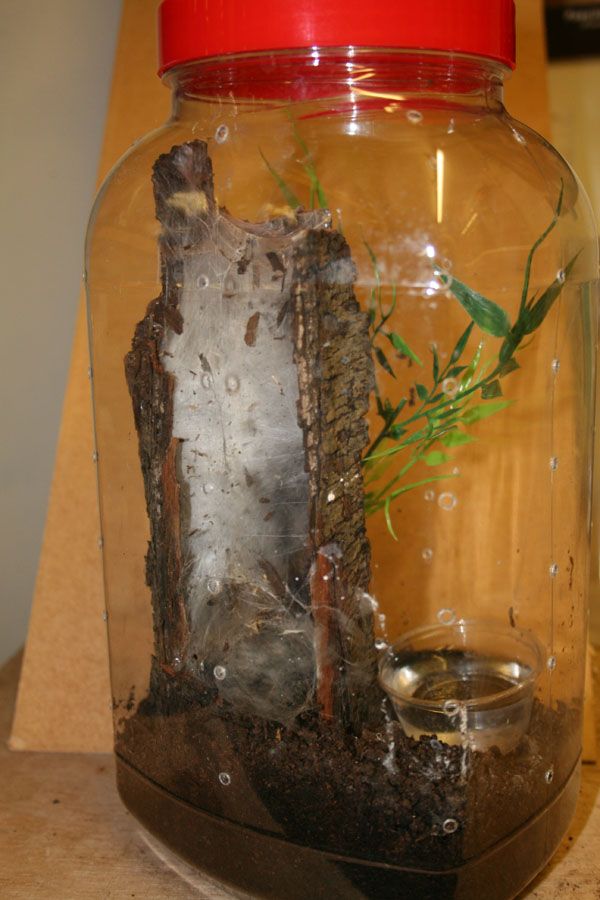- Joined
- Jan 19, 2014
- Messages
- 13,576
So are your enclosures actually kept damper than we tend to? Are you doing things in an attempt to raise humidity to constantly replace what is lost out of the top?I can tell this much. i dont use live plants at all, only plastic.I know some are using live plants here.
We know the differences in the enclosures, I'd be interested more in the husbandry differences, as that's likely what makes each type of enclosure able to ultimately be successful.

